
 Tech
Tech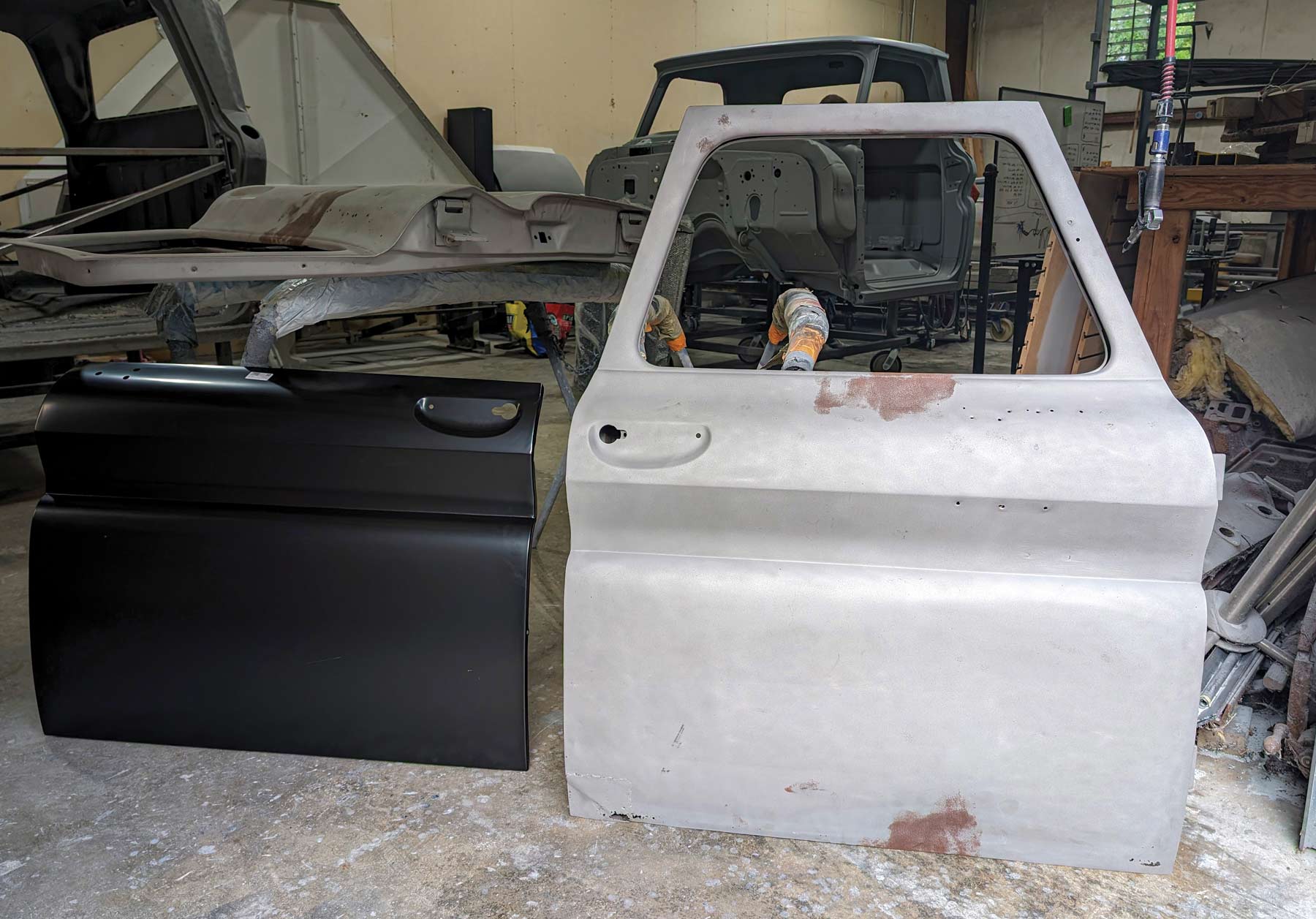

 IMAGES BY THE AUTHOR
IMAGES BY THE AUTHORelcome back to our recurring tech article series in Classic Truck Performance! We’re excited to dive into the ongoing transformation of Project #Backpay, our 1966 Chevy C10 truck that’s been undergoing some serious restoration work. If you’ve been following along, you already know that with a detailed, step-by-step approach these repairs are entirely doable at home. Last time, we walked you through the AMD big back window conversion. This time, we’re shifting our focus to door repair.
Though the cab looked solid at first glance, a closer inspection revealed that it needed significant attention. We took the truck to Rockford Custom Paint & Body in Athens, Georgia, where Rockford Smith handled the installation. While the doors are generally in good shape, the lower sections have taken a hit from water damage, thanks to worn-out seals and neglected drain holes. These trucks, primarily used for work, often had maintenance as a secondary priority. Fortunately, AMD has all the parts you need to restore these doors to their former glory, with a bit of effort and expertise.
With the cab off the chassis and fully media blasted, it’s time for Rockford to remove the doors and get them prepped for some much-needed love. We’ll be providing updates throughout the repair process, so be sure to stay tuned to future issues and follow us on social media for all the latest progress right here in Classic Truck Performance!






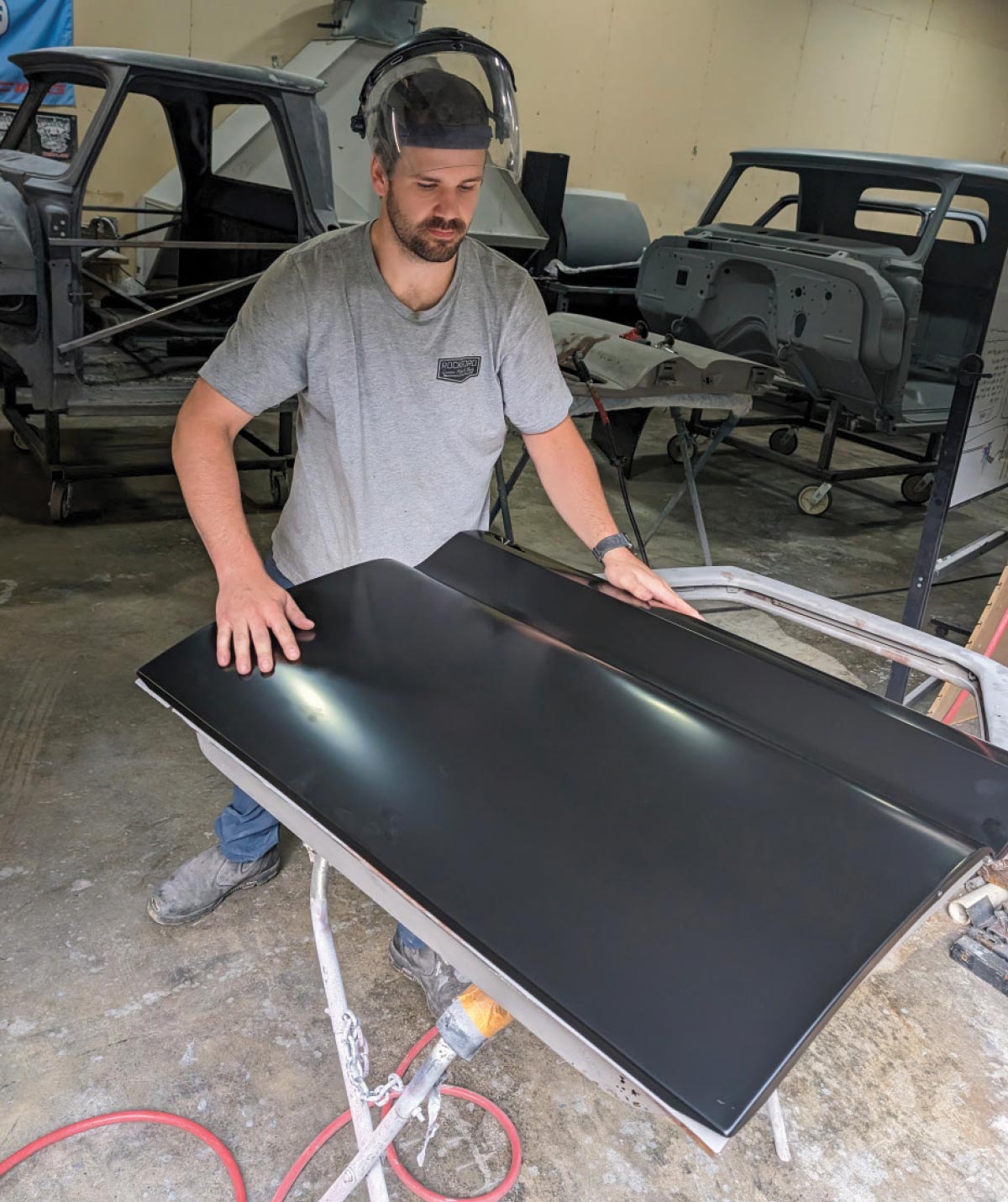






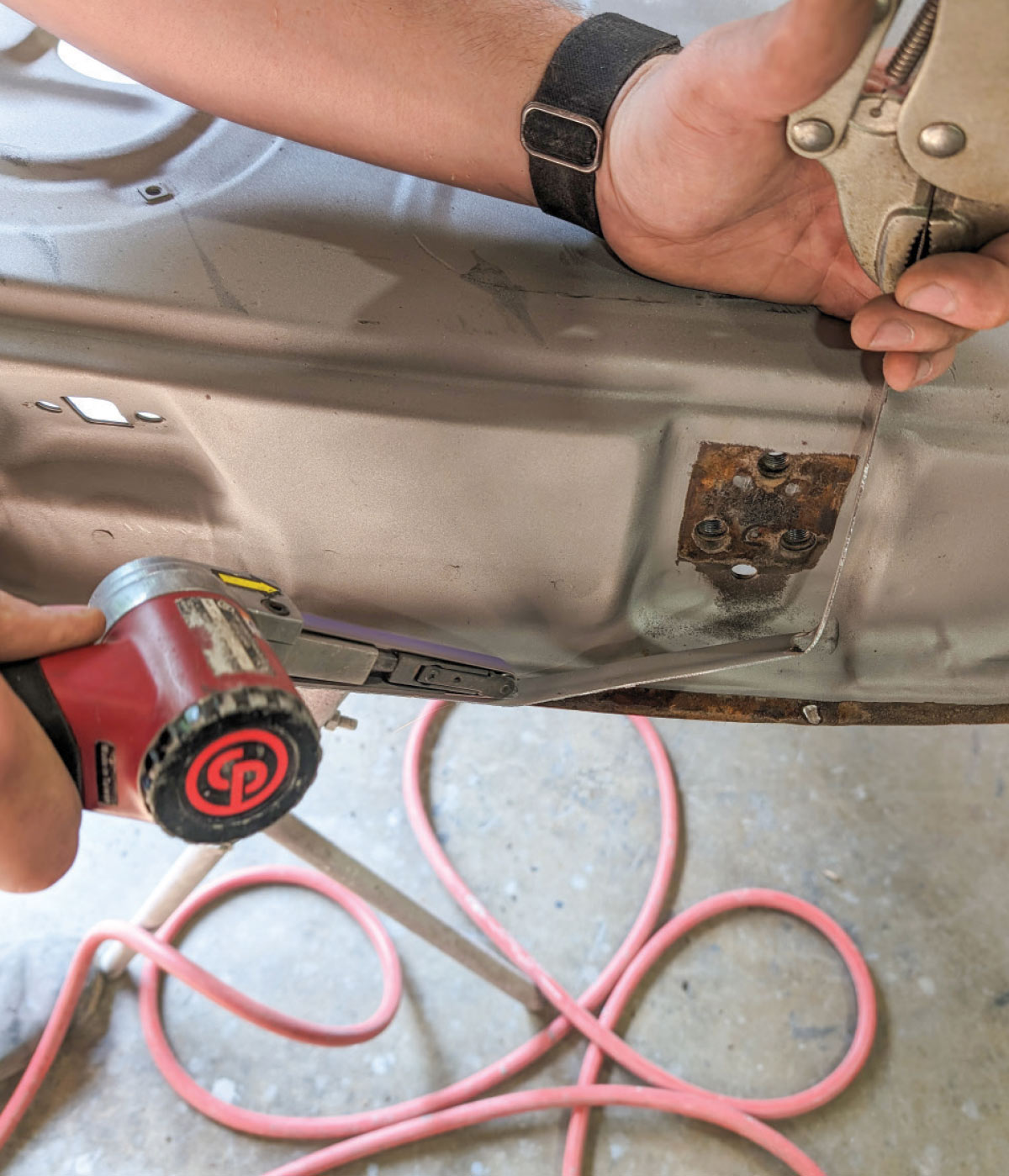


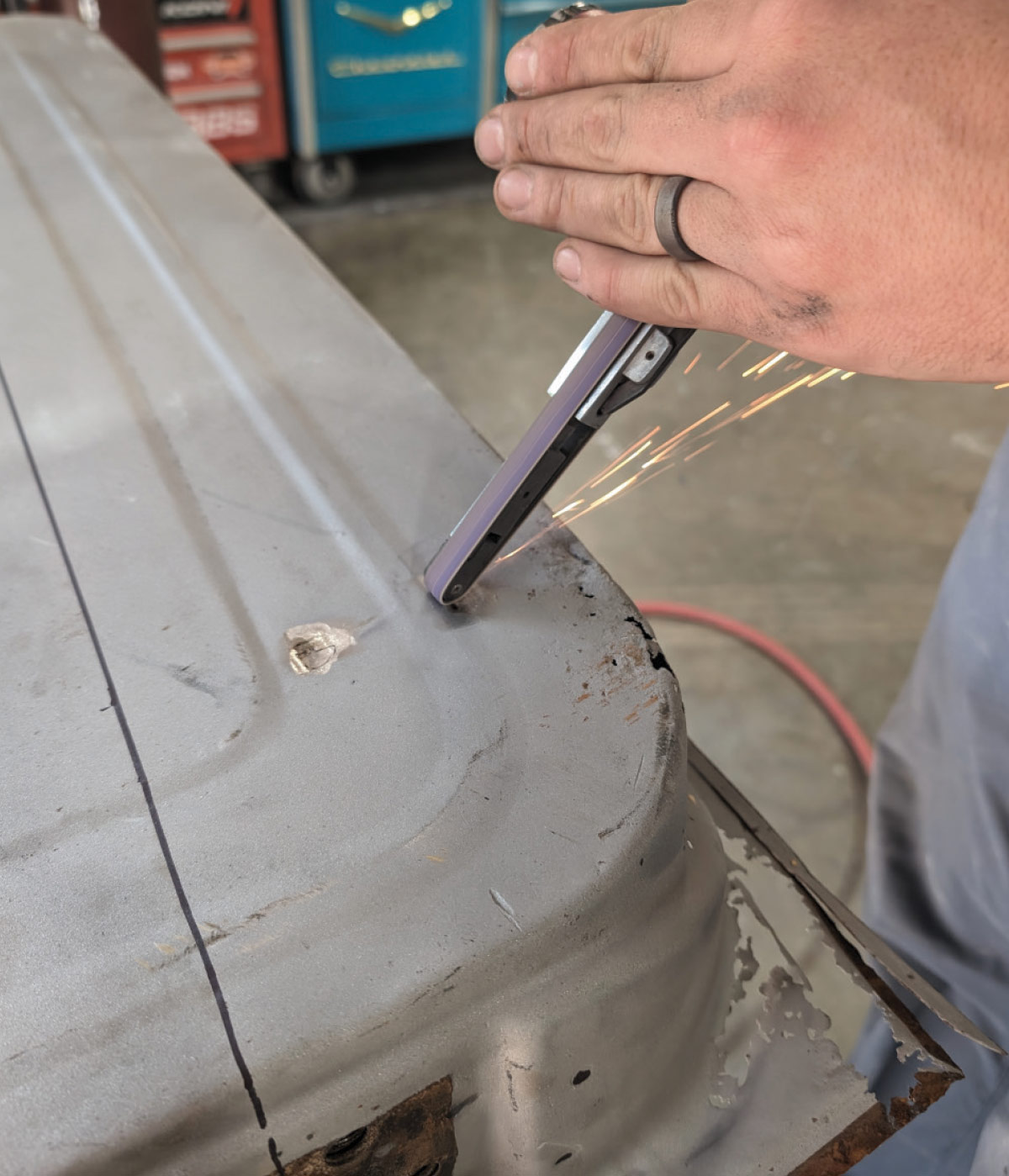
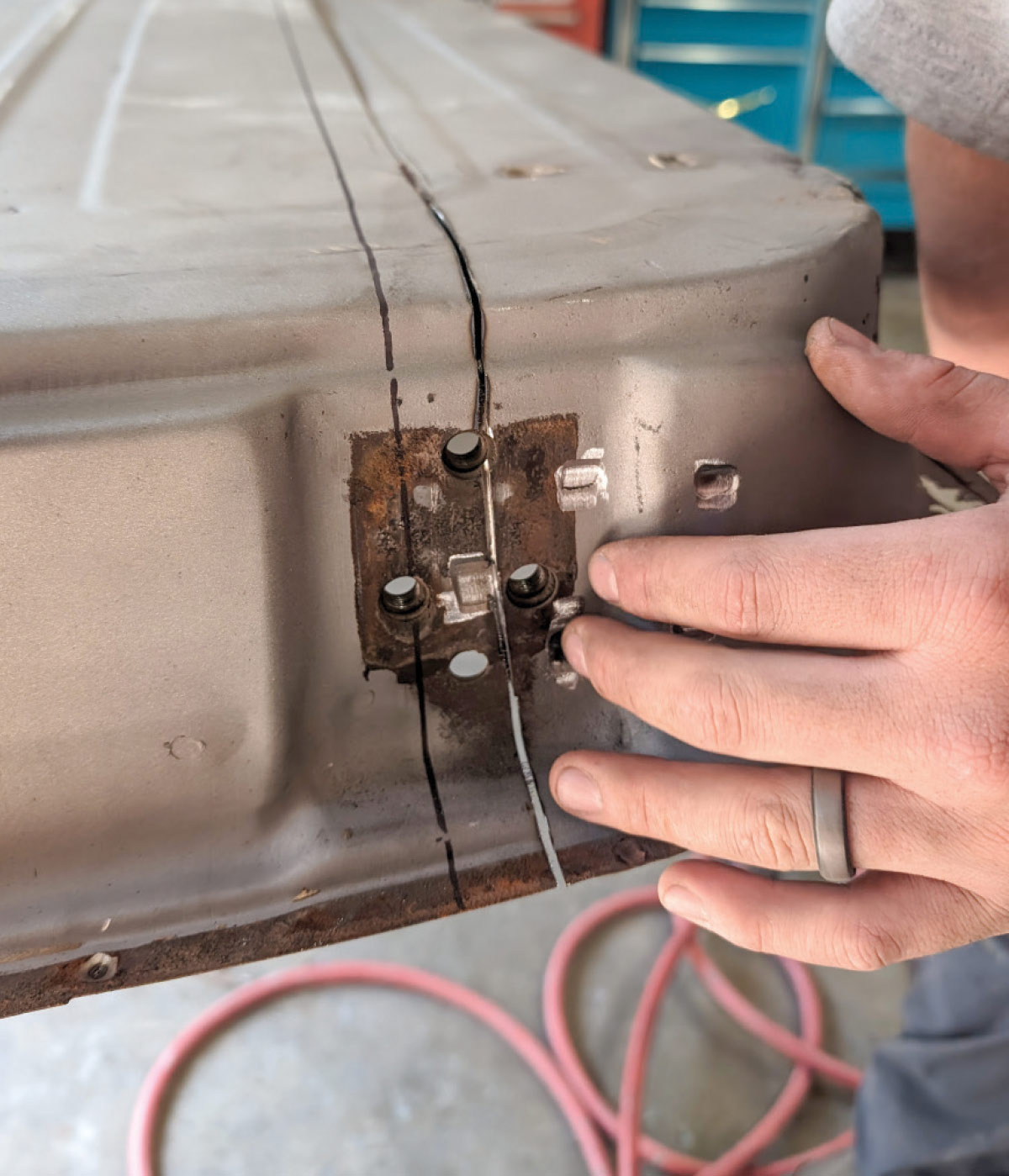

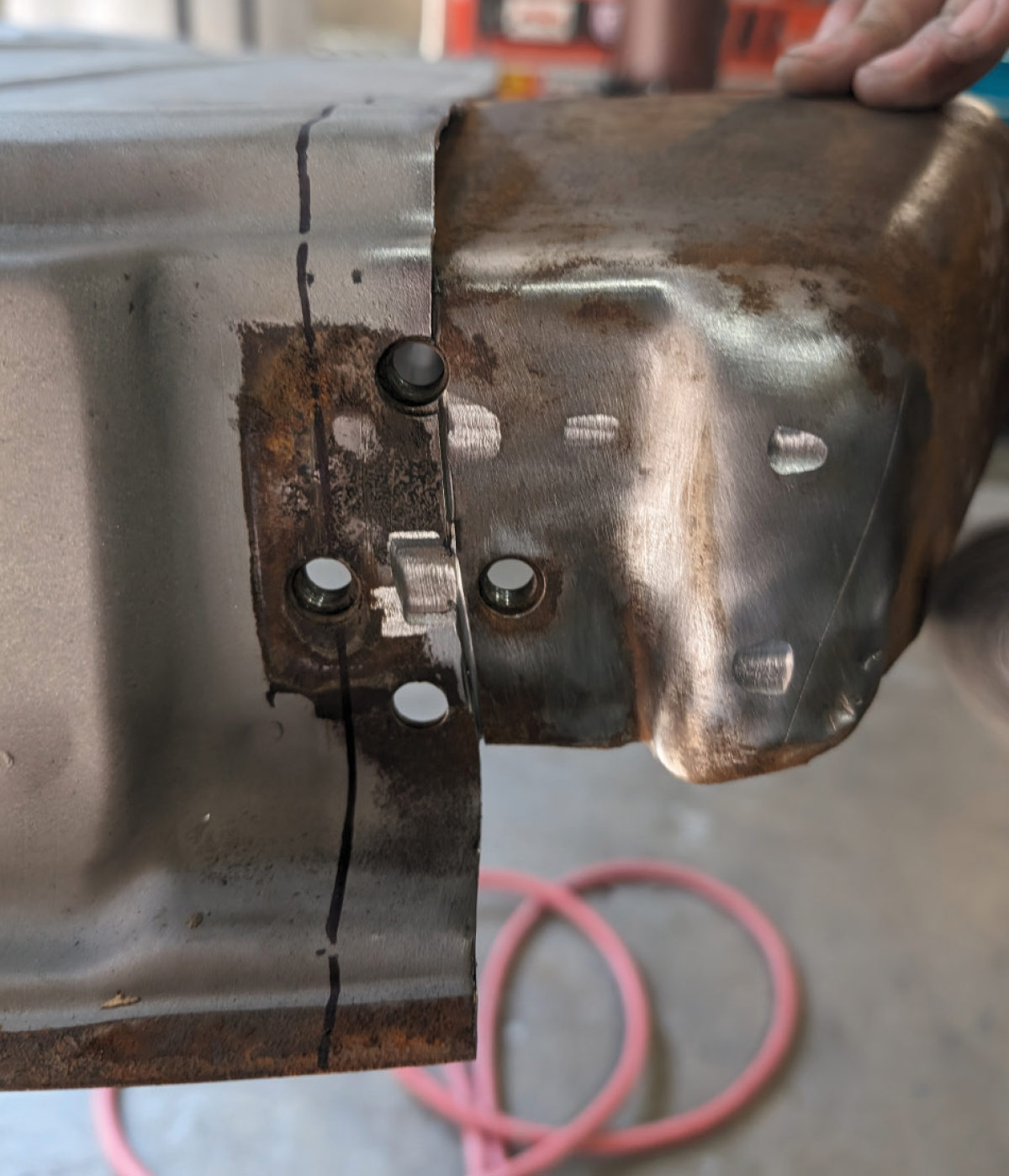




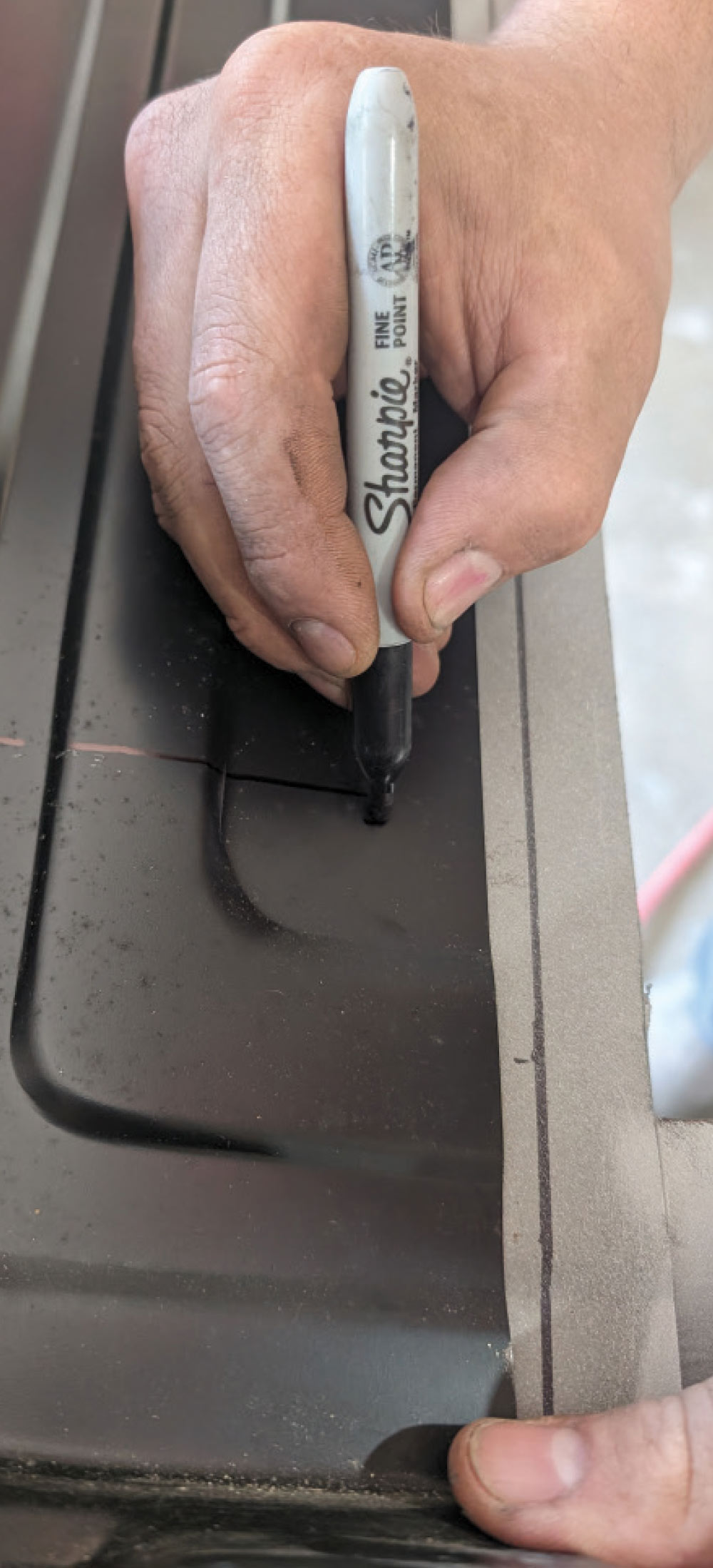

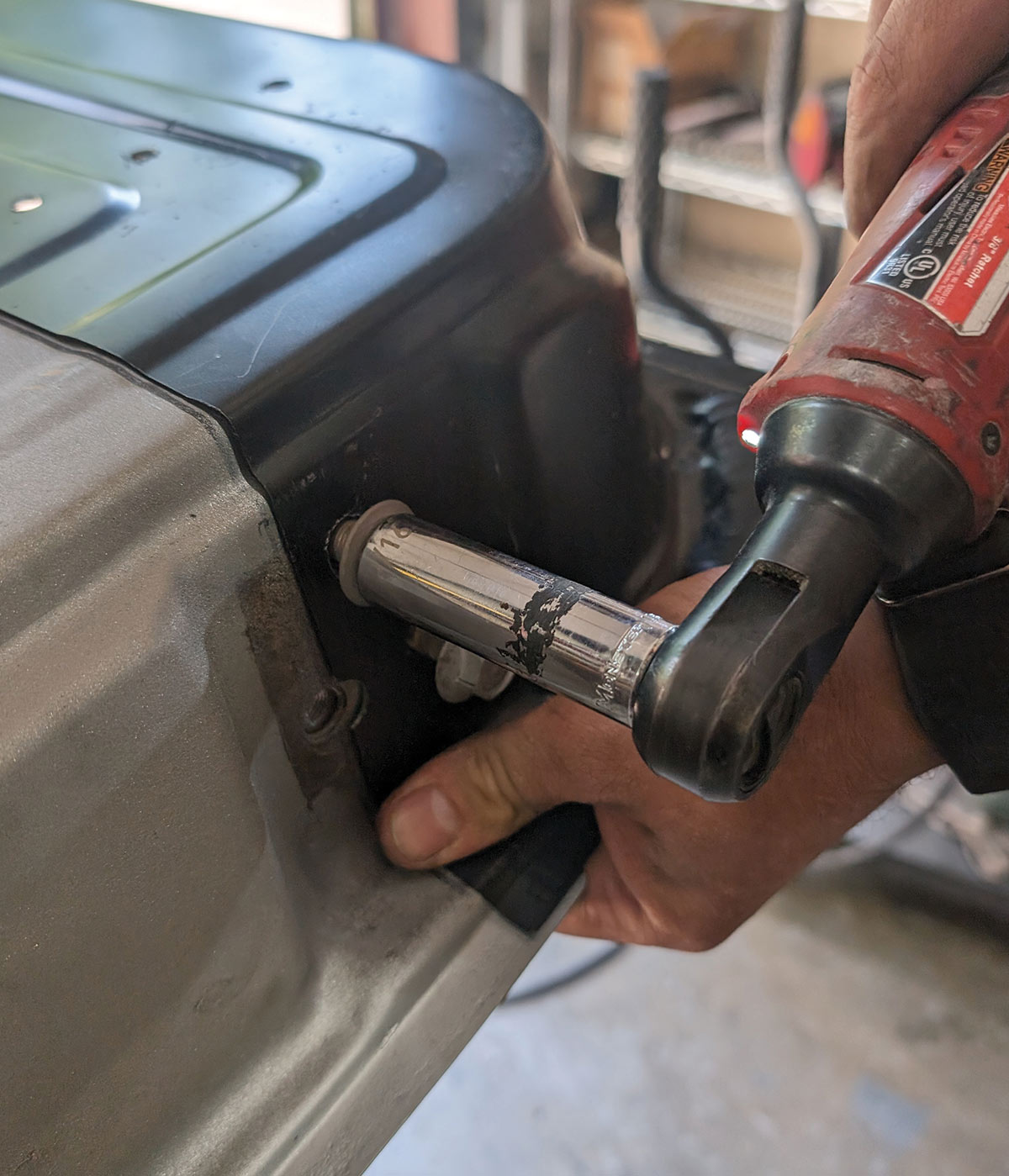
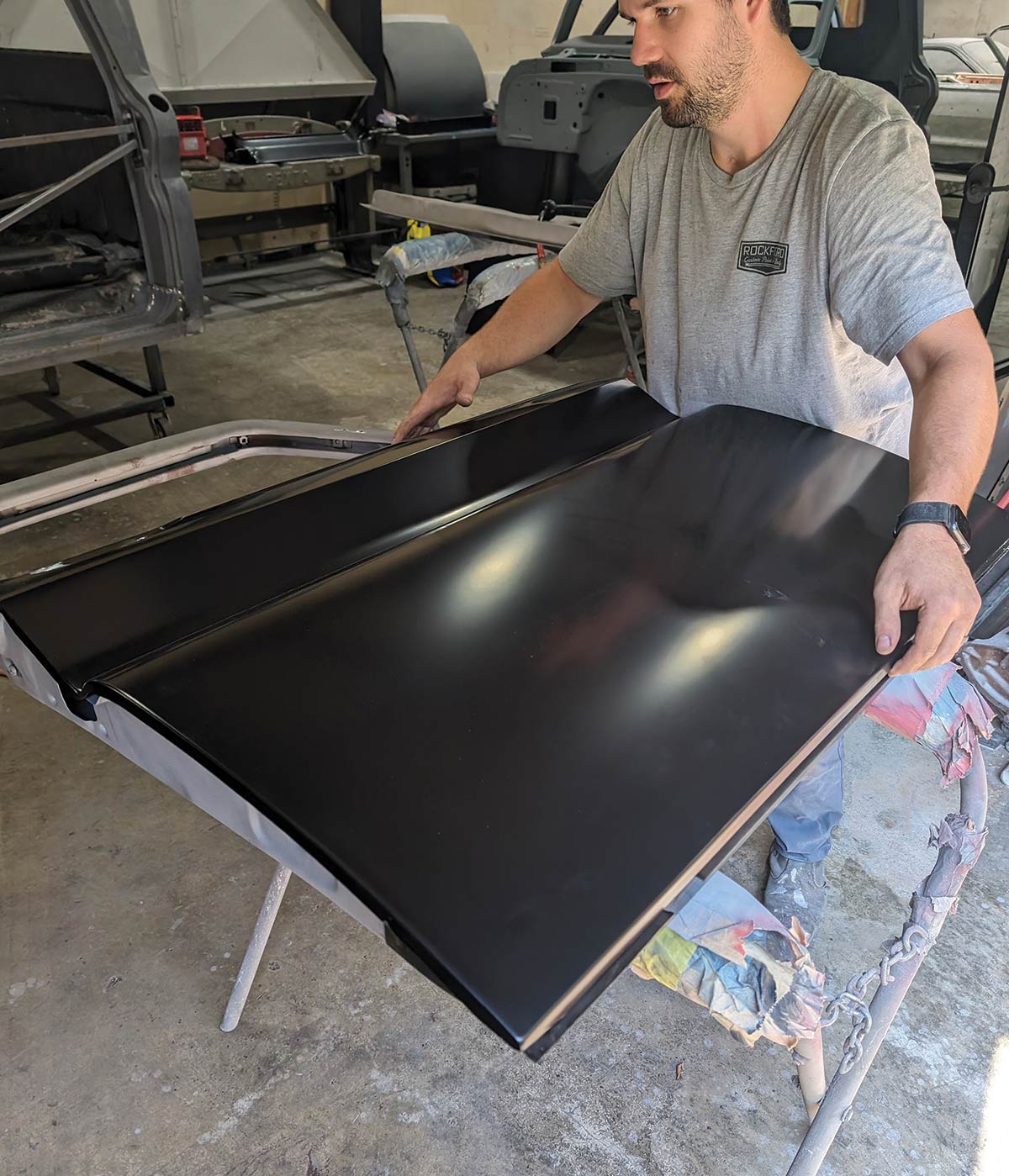

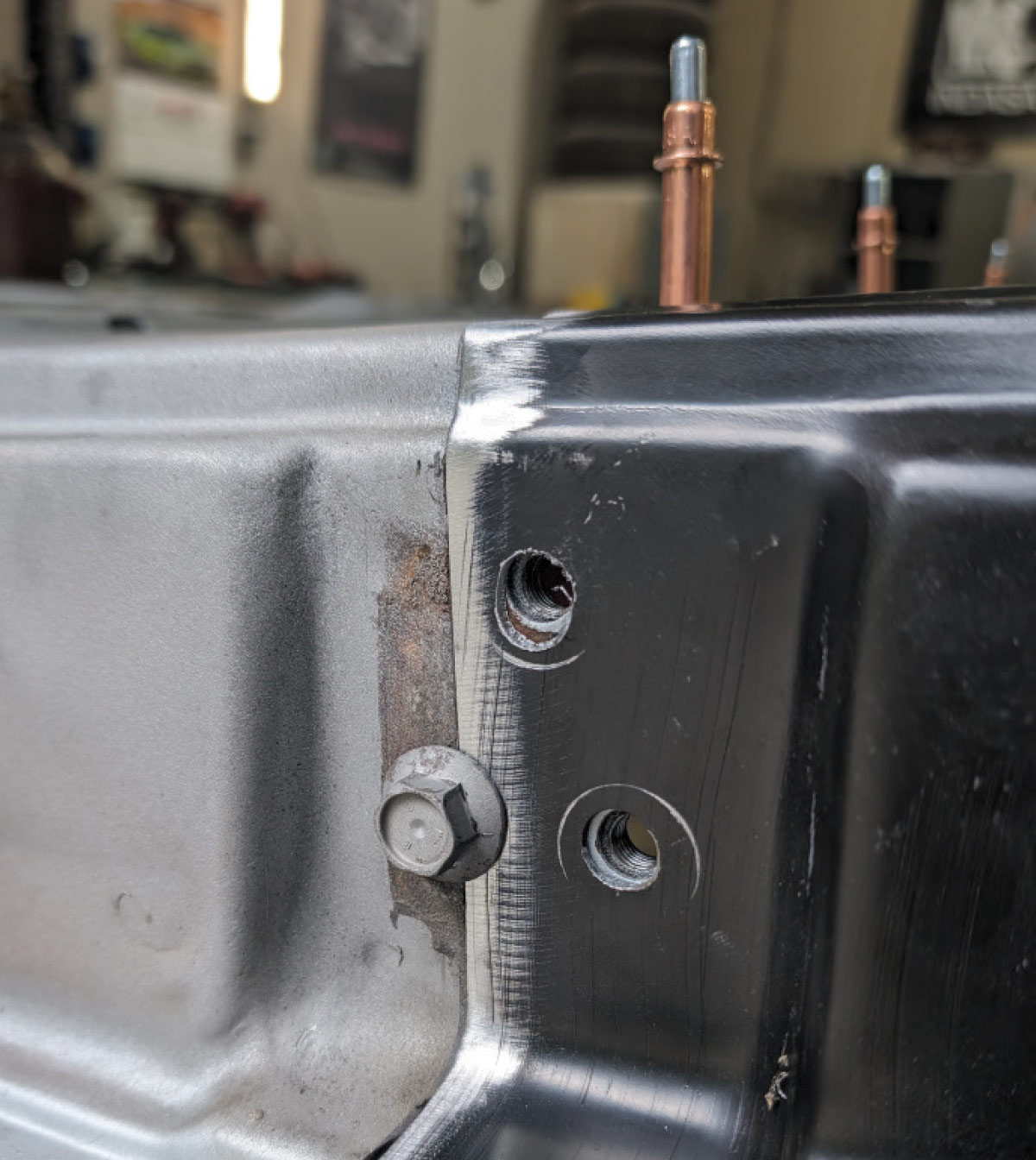


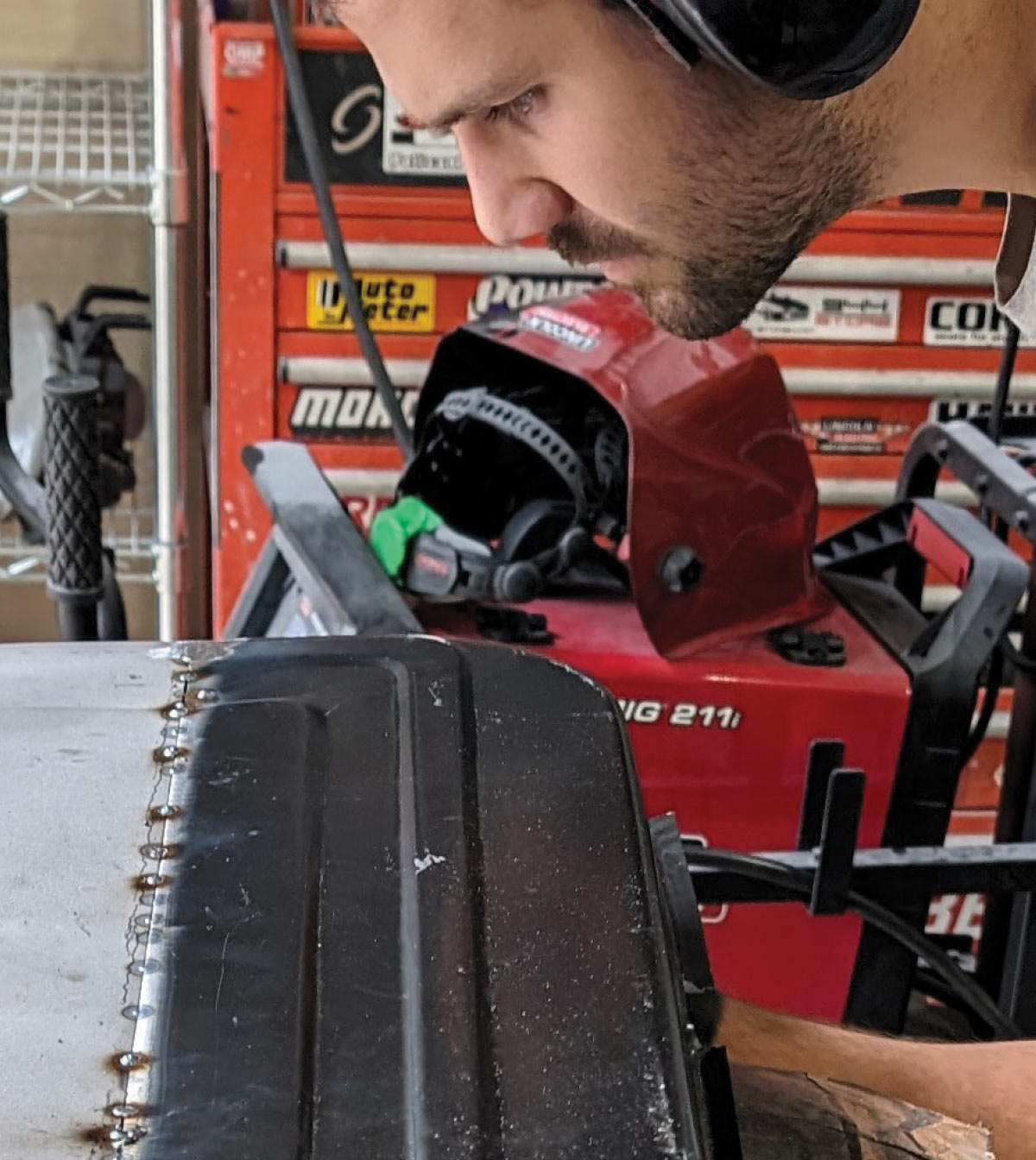
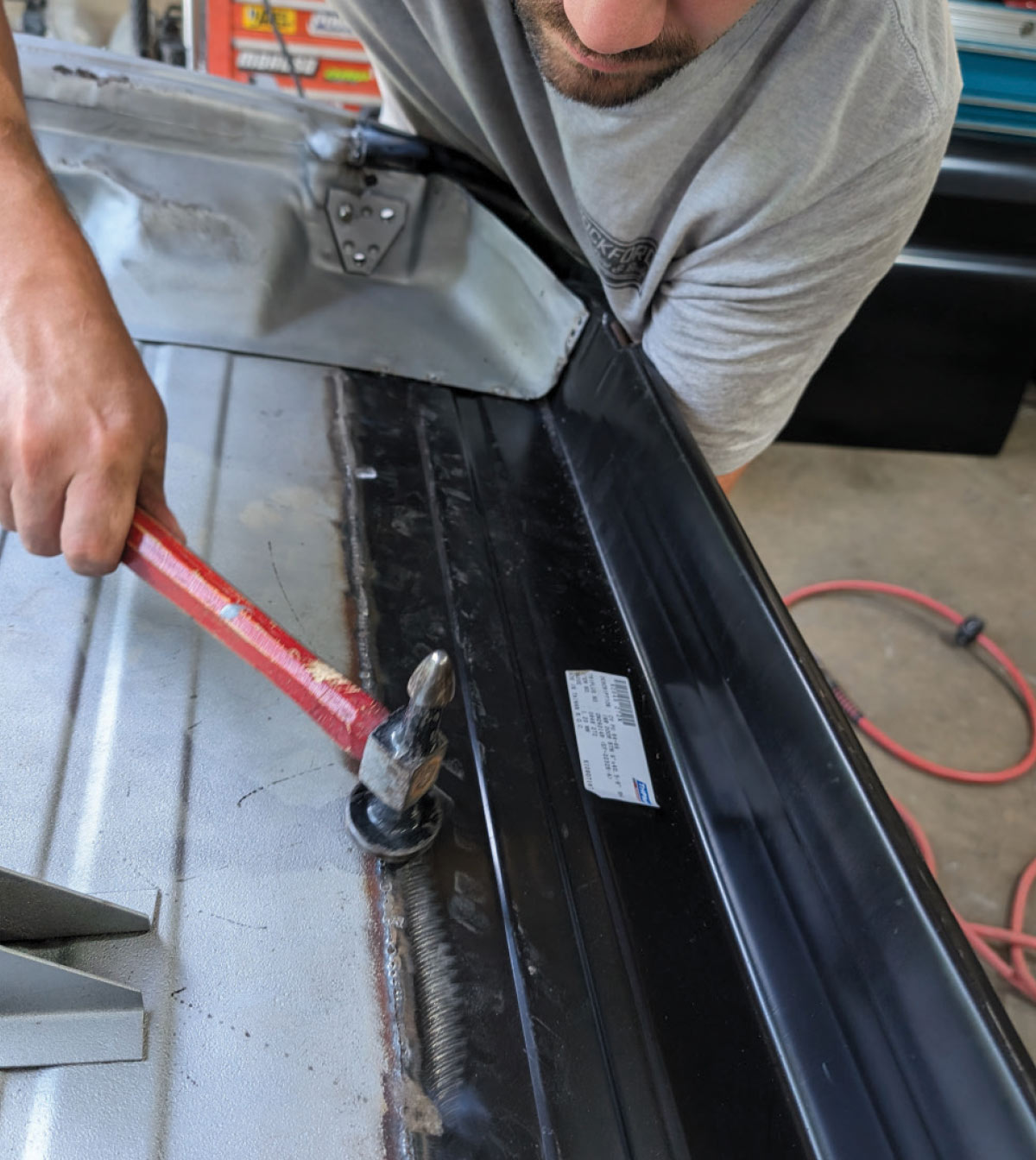
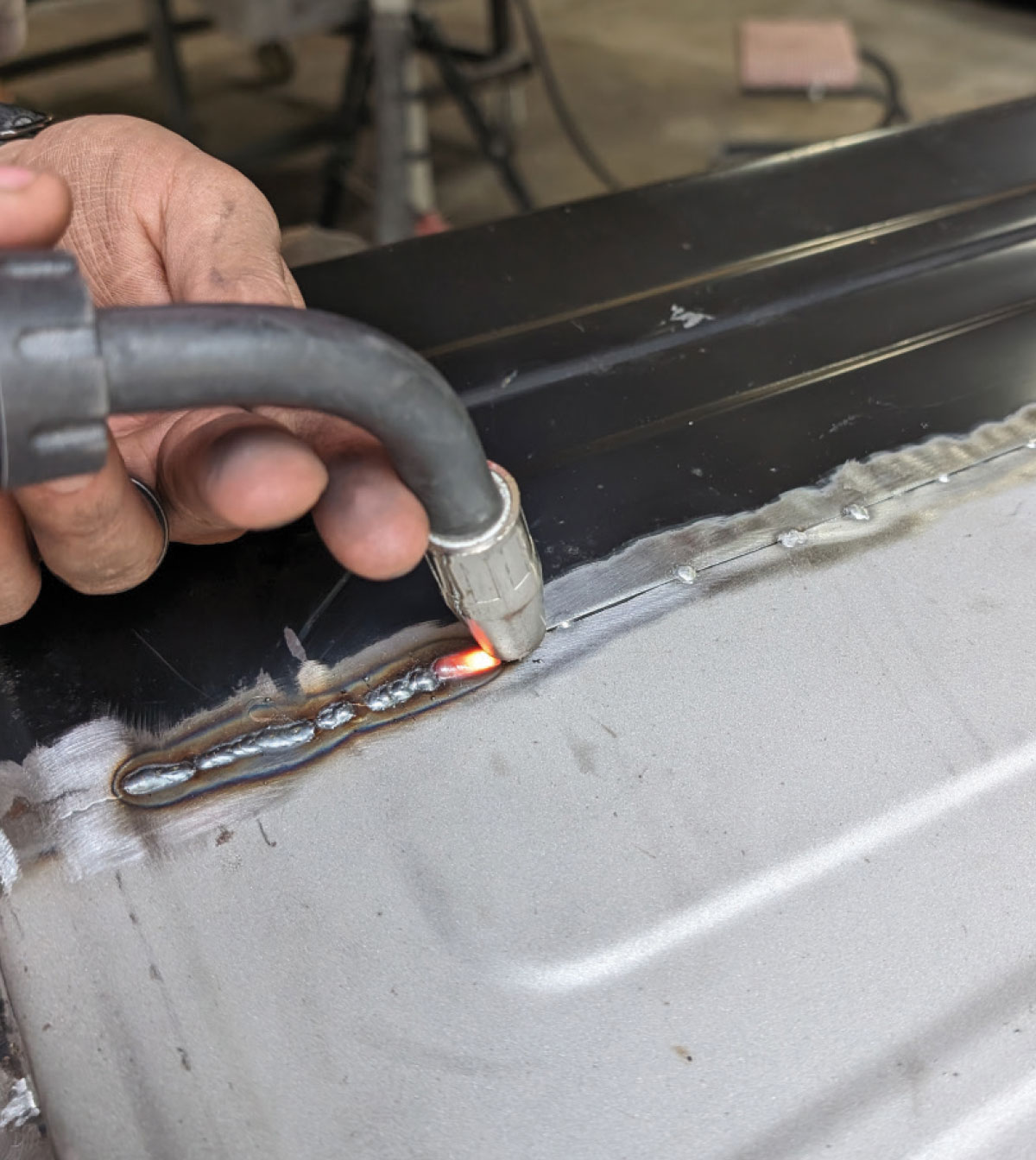
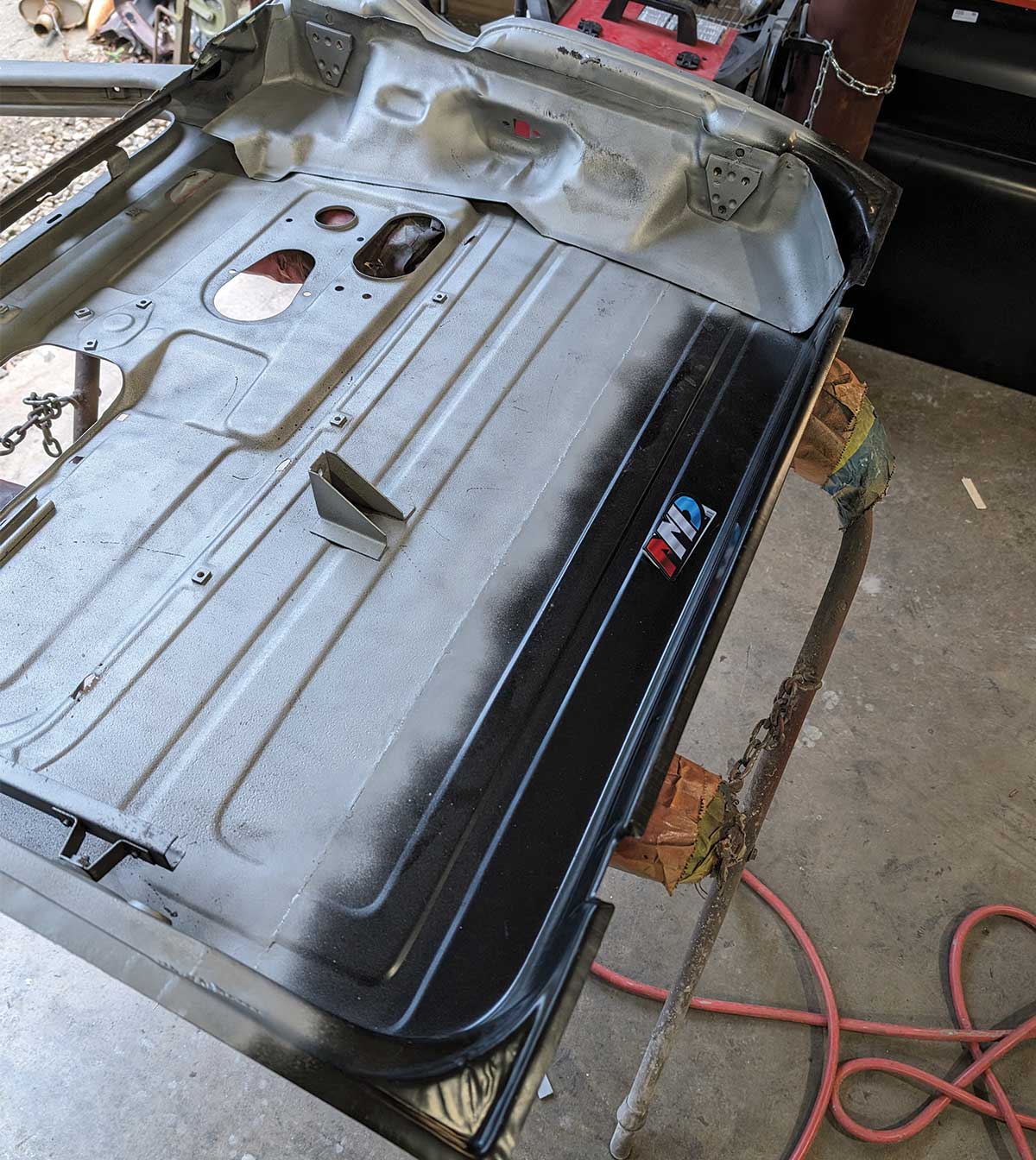
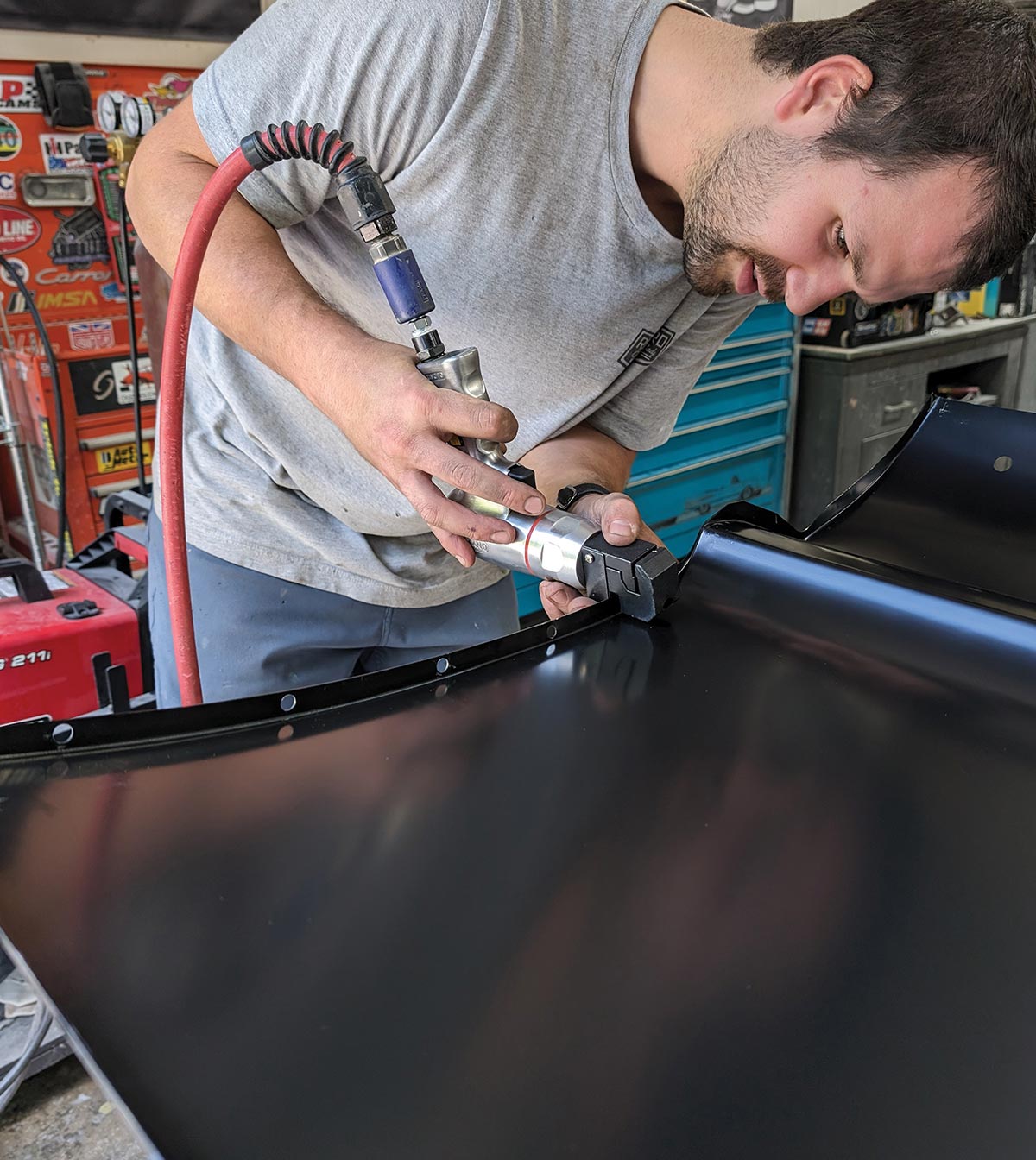


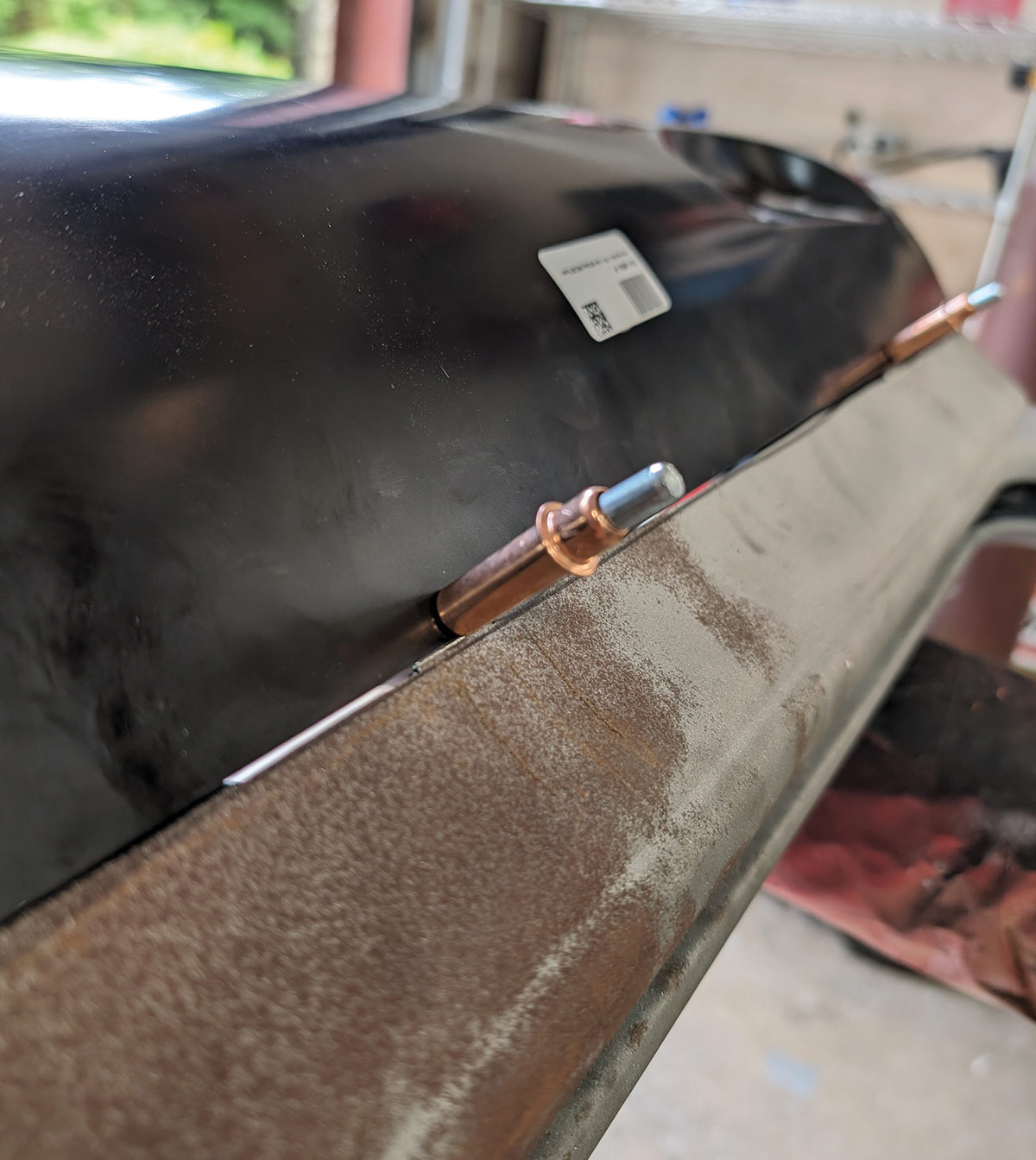


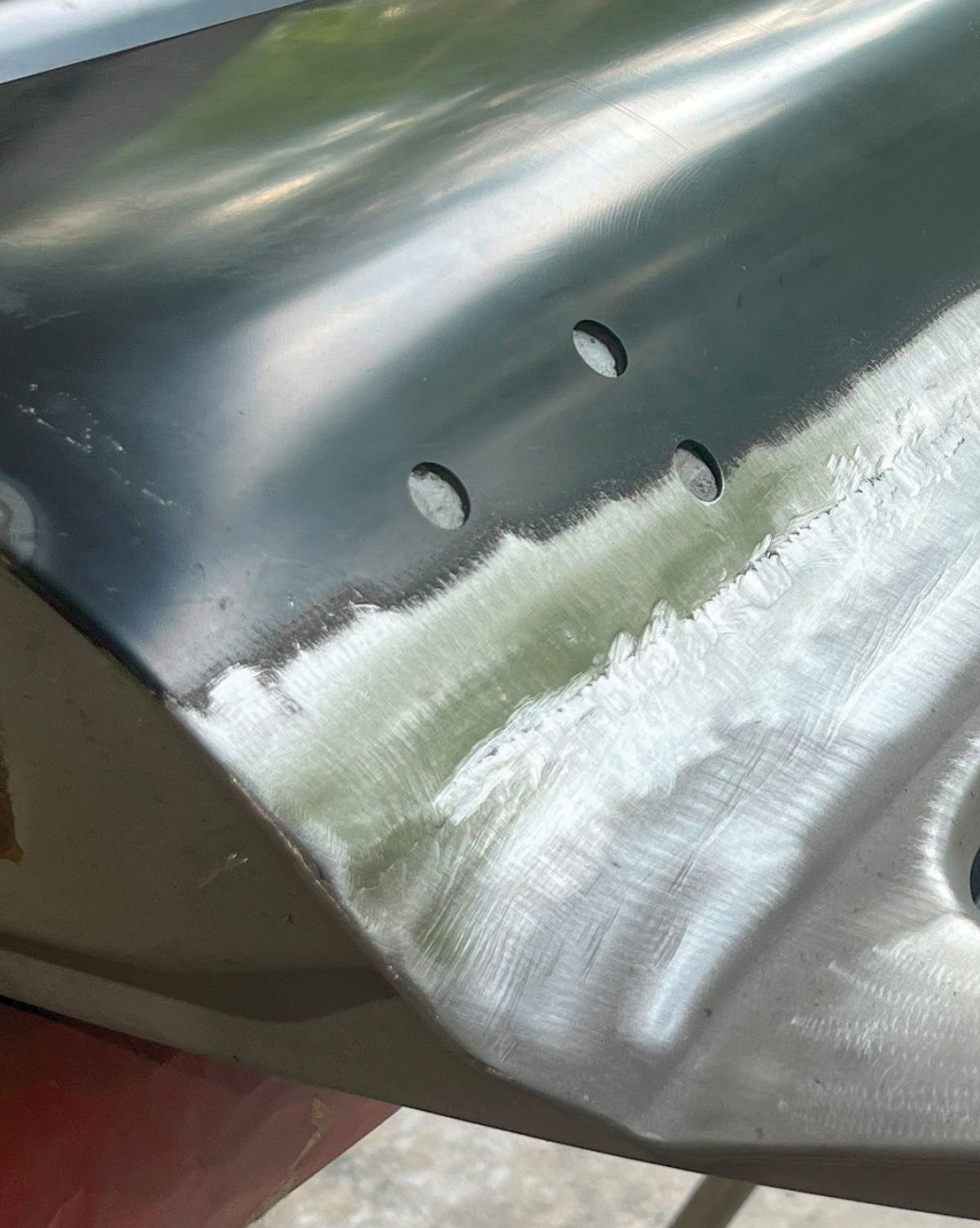
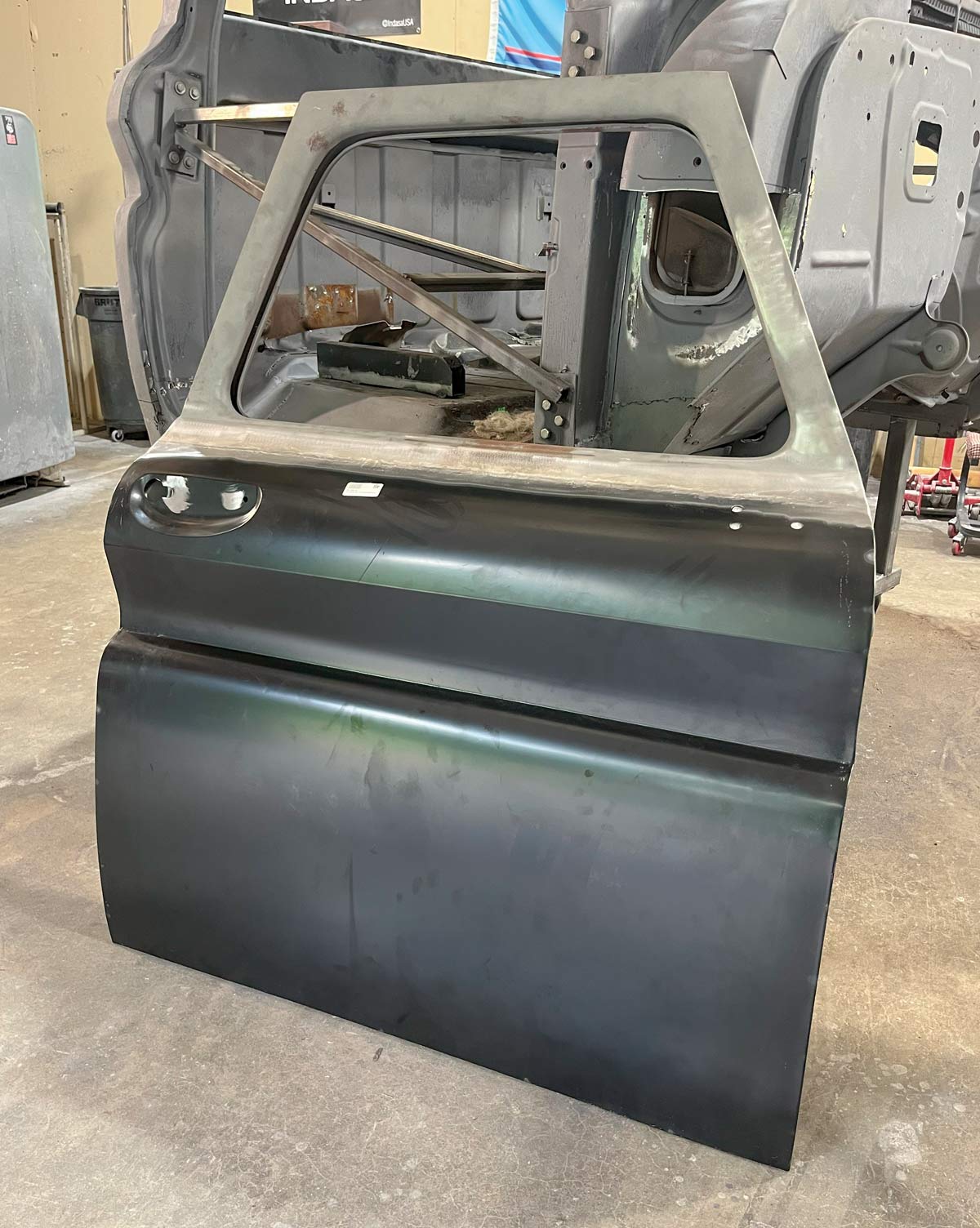

 SOURCES
SOURCES